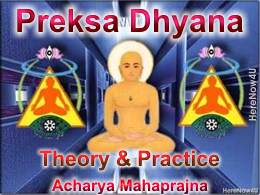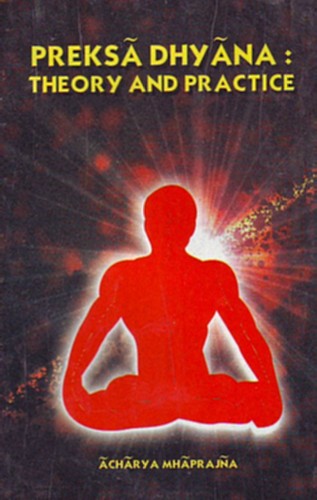
As already explained above, dirgha svasa is slow and complete exhalation and deep inhalation. The first step in this process is to regulate the rate of breathing by reducing the number of breaths per minute. Normally a healthy adult's rate of breathing is 15/17 breaths per minute (b.p.m.). By practice of diaphragmatic breathing, this rate can be drastically reduced. Even casual practice can easily bring it down to 10/12 b.p.m. And further regular practice can reduce the rate to 6,4 or even 2 or 1 b.p.m.
Regulation of breath, reduction in its rate, and the rhythm results in steadying the mind. Simultaneously, urges and impulses, emotions and passions and their impelling forces - the primal drives - all become amenable to control. When the breath is shallow and its rate high, primal drives and passions are aroused, strengthening the urges and emotions. Quick breathing acts as a vehicle for all these distortions. One can easily pacify the passions by regulating the breath. If one slows down the breath-rate and commences rhythmic breathing, the passions forced would at once be retarded. This is because they are deprived of the vehicle, and without a transport they cannot make much headway. A practitioner of meditation would, in due course, be able to perceive in advance the onslaught of rising passions, and thus will be prepared to nullify their attack by resorting to dirgha svasa. The rising passions would then begin to subside. Thus, by blunting the sharpness of their attack, asadhaka saves himself from being the victim of the dreadful urges and emotions.
Breath is a reality of the present moment Practice of svasa-preksa leads the sadhaka to live equanimously and impartially. He will also get rid of tension as a side benefit
As stated above, Preksa dhyana is the technique of seeing one's own self. Breath is the gateway to the self (consciousness). To commence the internal trip, one must pass through the main gateway of breath. And when mind and breath become inseparable companions, the journey begins. In theory, breath is a part and parcel of the self; and so one can realize the goal of reaching the self via the breath. In practice, seeing oneself simply means perception of all aspects of breath by the conscious mind.
 Acharya Mahaprajna
Acharya Mahaprajna

